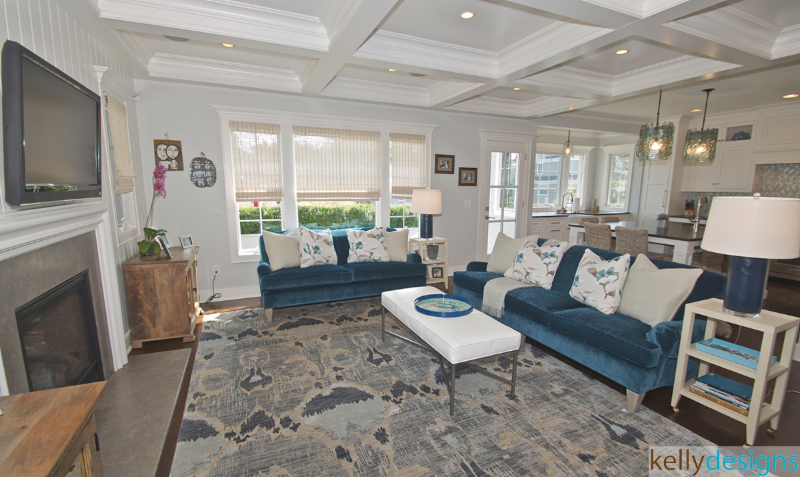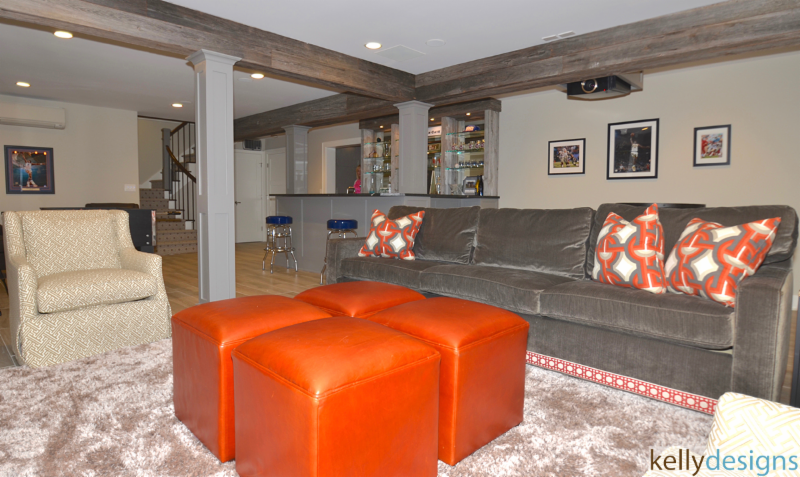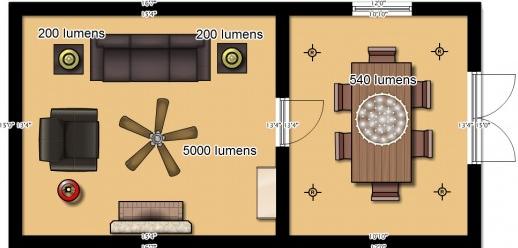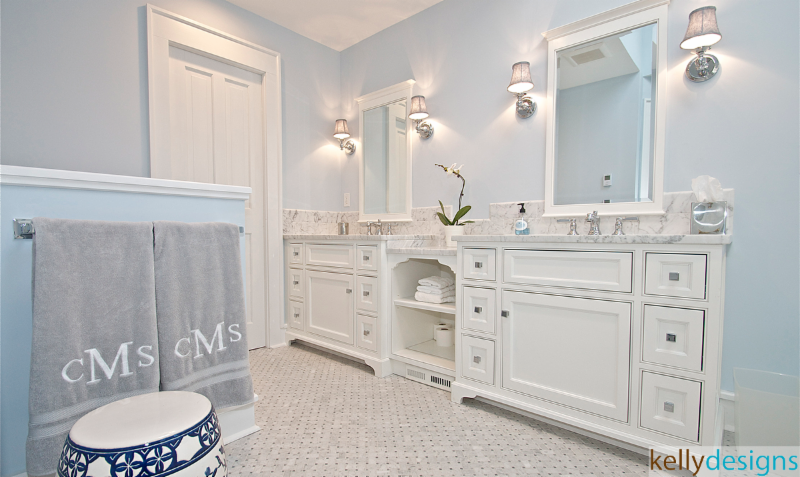
Using Lightbulbs to Stage it Just Right
Once you've made the big effort to stage your home for sale, don't forget the fine details because these are the things that don't cost that much and give you a lot of bang for your buck. I'm talking about finishing details, like fresh flowers in planters, that perfectly placed magazine and yes this month's unsexy topic: lightbulbs. So read on because this comes right from my personal toolbox that I use for my Fairfield and Westchester staging clients to help get them the most money for their homes in the least amount of time!
Why pay attention to light bulbs?
As small as they are lightbulbs make a big impact how a room looks and feels to your prospective Buyer. Not only does each room needs the correct ambiance for the space, the right lightbulb in your fixture can make your home more desirable by:
- making a room look more spacious
- drawing attention to focal points
- highlighting architectural details
- brightening up a space overall
- minimizing dark areas, and
- setting the appropriate mood

CFLs have warmer, color-corrected tones and are also good for living areas and bedrooms. While they are a great incandescent alternative, due to their energy efficiency and availability, it's best to avoid placing them in lamps that can be knocked over. They contain mercury and require special cleanup if one breaks, so keep these in fixtures that are set in place.
LEDs are used for general lighting as well. According to Energy Star, they use 75% less energy and last 25 times longer than incandescent. LEDs are preferred for showcasing valuable art because they emit less heat and don't produce ultraviolet or infrared light. With a higher price tag, I recommend CFLs whenever possible as you do not need the bulb to last a long time.
Halogen is closer to natural daylight or "white light" making colors appear sharper. They can be dimmed and are a great choice for under-cabinet lighting, pendant lights and recessed cans to help brighten up a space with just the right amount of light.
Fluorescents give off a flat cold light that is bluish and can be harsh. After a while, they make a low tone, so they are best placed in large areas like basements or attics when maximum light is needed.
Watts, Lumens & Kelvin .... oh my!
- Watts are how much energy a bulb uses
- Lumens is brightness, and
- Kelvin is color temperature.

Watts
When shopping to stage your home consider lumens and kelvin vs. energy efficiency since you won't be there to take advantage of the lower energy usage. Since we are so used to thinking in terms of watts consider that a 100-watt bulb gives off about 1600 lumens and a 60 watt gives off about 800 lumens.
Lumens measure the brightness of the bulb and this is what you should focus on. to keep it simple look for about 1000 lumens per room. To get more specific: here's a good rule of thumb as to how many lumens to choose for each space.
- Floors: 20 Lumens per Square Foot
- Tables and Raised Surfaces: 30 Lumens per Square Foot
- Desks and Task Lighting: 50 Lumens per Square Foot

Kelvin The higher the Kelvin value of the light source, the closer the light's color output will be to actual sunlight.
- Warm white or soft light bulbs are around 3000k similar to the that of the incandescent. If you had to choose one, this would be it. These cast a warm yellowish yet bright light and are perfect for staging bedrooms, living spaces, entryways, and hallways.
- Bright or Cool White is about 4000k and just like its name casts a cooler whiter light. This is great for larger and open modern spaces and in the kitchens, offices, bathrooms, and cabinetry.
- Natural or True White (or Daylight bulbs) are 5000k and above and create a more sterile look These should be reserved for commercial use like office buildings and retail spaces. It's best to avoid these in your home altogether.

Paying attention to the details such as lighting with proper lightbulbs is like the icing on the cake to your staging project. Taking the time to make sure you have the right type of bulb, the right color temperature and the right lumens will positively impact the Buyers perception of your home. This not only pertains to when they walk through but even before they get to your home when viewing your photos on the MLS. If you need help with this or any detail of staging your home feel free to contact me anytime!
